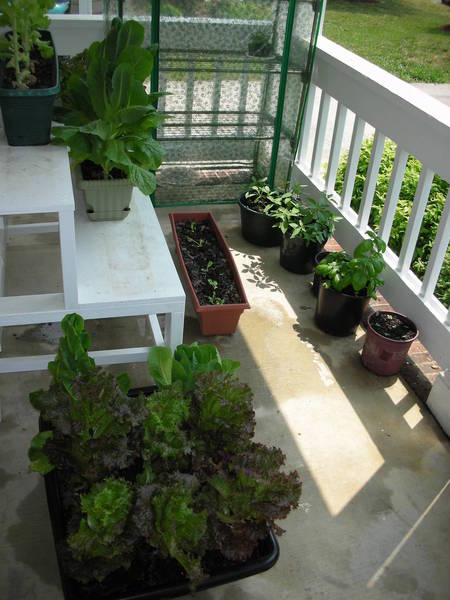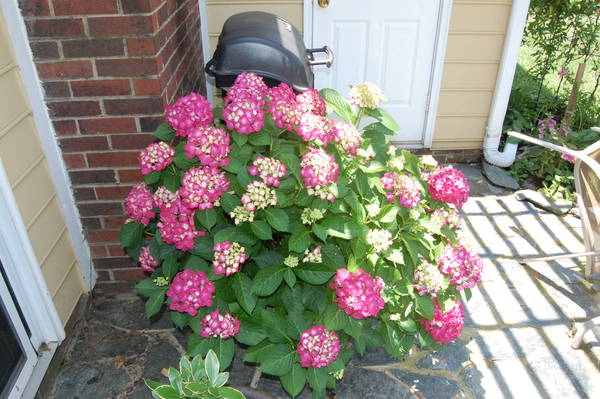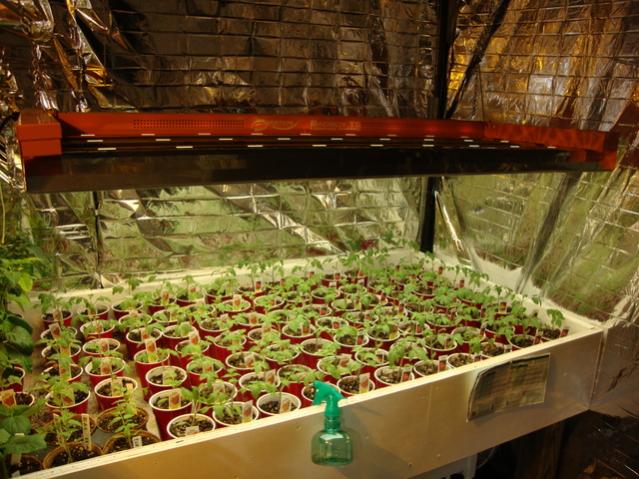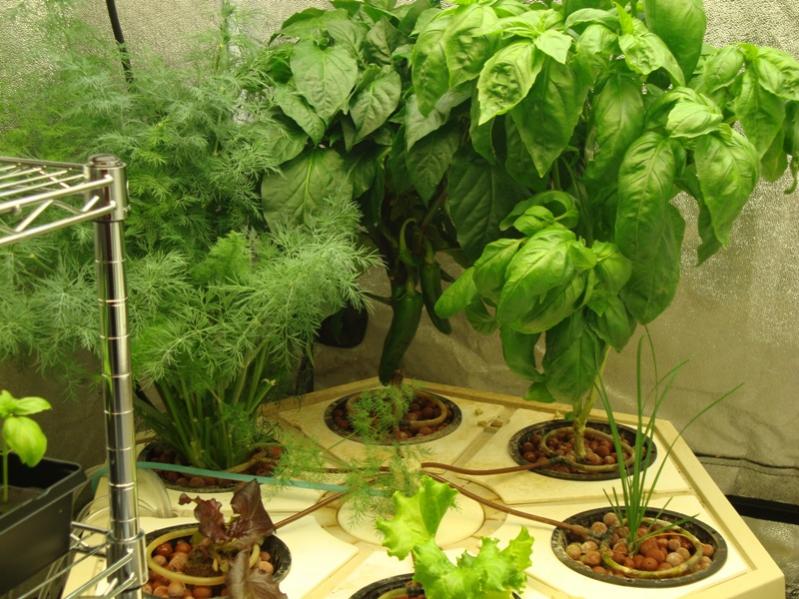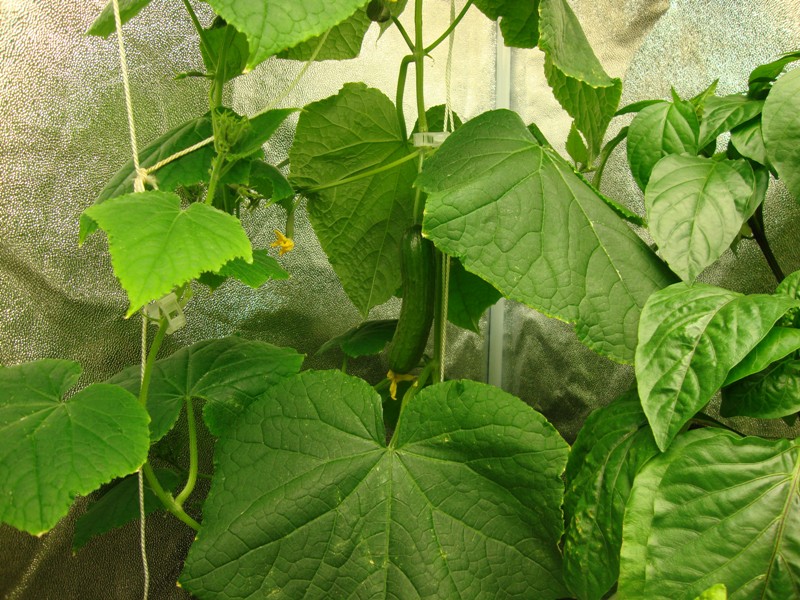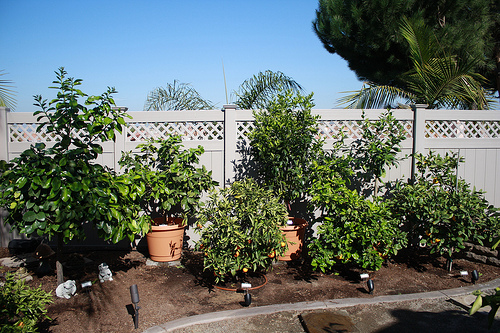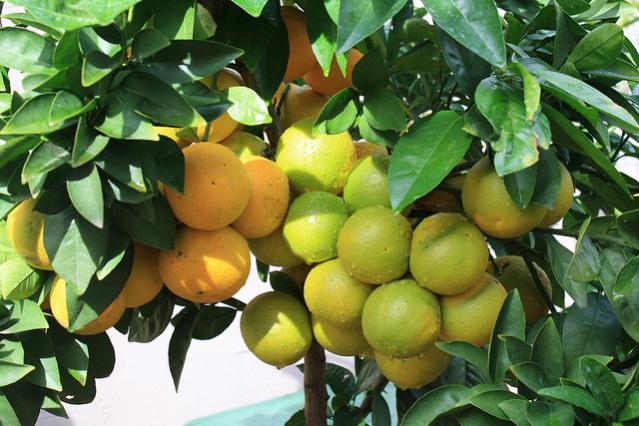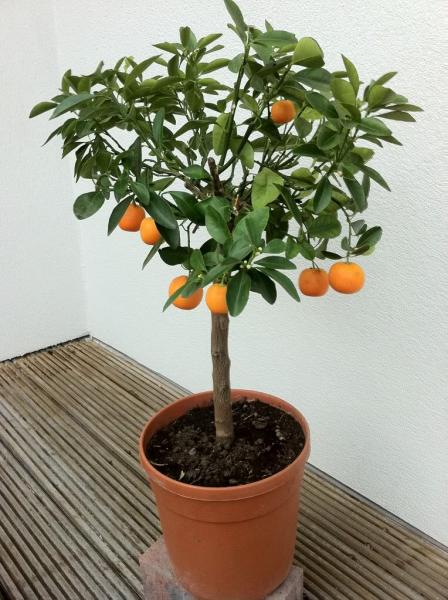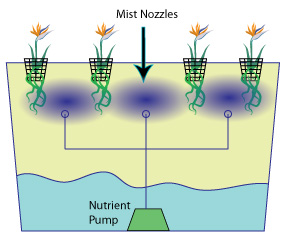Where I disagree with you and the author is in the opinion that you cannot control what is going on in a container using organics. I call bullsh*t, because using completely organic nutes you can control the nutrient contents in the container soil.
"Chemical fertilizers are available for immediate uptake while organic fertilizers must be acted on by passing through the gut of micro-organisms to break them down into usable elemental form. Since microorganism populations are affected by cultural conditions like moisture/air levels in the soil, soil pH, fertility levels, temperature, etc., they tend to follow a boom/bust cycle in container culture, which has an impact on the reliability and timing of delivery of nutrients supplied in organic form. Nutrients locked in hydrocarbon chains cannot be relied upon to be available when the plant needs them. This is particularly an issue with the immobile nutrients that must be present in the nutrient stream at all times for the plant to grow normally.
Our job, because you cannot depend on an adequate supply of nutrients from the organic component of a container soil, is to provide a solution of dissolved nutrients in a concentration high enough to supply nutrients in the adequate to luxury range, yet still low enough that it remains easy for the plant to take up enough water to be well-hydrated and free of drought stress. Electrical conductivity (EC) of, and the level of TDS (total dissolved solids) in the soil solution is a reliable way to judge the adequacy of solutes and the plant’s ability to take up water. There are meters that measure these concentrations, and for most plants the ideal range of conductivity is from 1.5 - 3.5 mS, with some, like tomatoes, being as high as 4.5 mS. This is more technical than I wanted to be, but I added it in case someone wanted to search "mS" or "EC". Most of us, including me, will have to be satisfied with simply guessing at concentrations, but understanding how plants take up water and fertilizer, as well as the effects of solute concentrations in soil water is an important piece of the fertilizing puzzle.
We can maximize water uptake by keeping the concentrations of solutes low, so a continual supply of a weak solution is best. Nutrients don’t often just suddenly appear in large quantities in nature, so the low and continual dose method most closely mimics the nutritional supply Mother Nature offers. If you decide to adopt a "fertilize every time you water" approach, most liquid fertilizers can be applied at ¾ to 1 tsp per gallon for best results. If you decide that’s too much work, try halving the dose recommended & cutting the interval in half. You can work out the math for granular soluble fertilizers and apply at a similar rate.
When plants are growing robustly, I try to fertilize my plants weakly (pun intended) with a half recommended dose of the concentrate at half the suggested intervals. When plants are growing slowly, I fertilize more often with very weak doses. It’s important to realize your soil must drain freely and you must water so a fair amount of water drains from your container each time you water to fertilize this way."
http://forums2.gardenweb.com/forums/load/contain/msg0323131520631.html






























![Craft A Brew - Safale S-04 Dry Yeast - Fermentis - English Ale Dry Yeast - For English and American Ales and Hard Apple Ciders - Ingredients for Home Brewing - Beer Making Supplies - [1 Pack]](https://m.media-amazon.com/images/I/41fVGNh6JfL._SL500_.jpg)

























